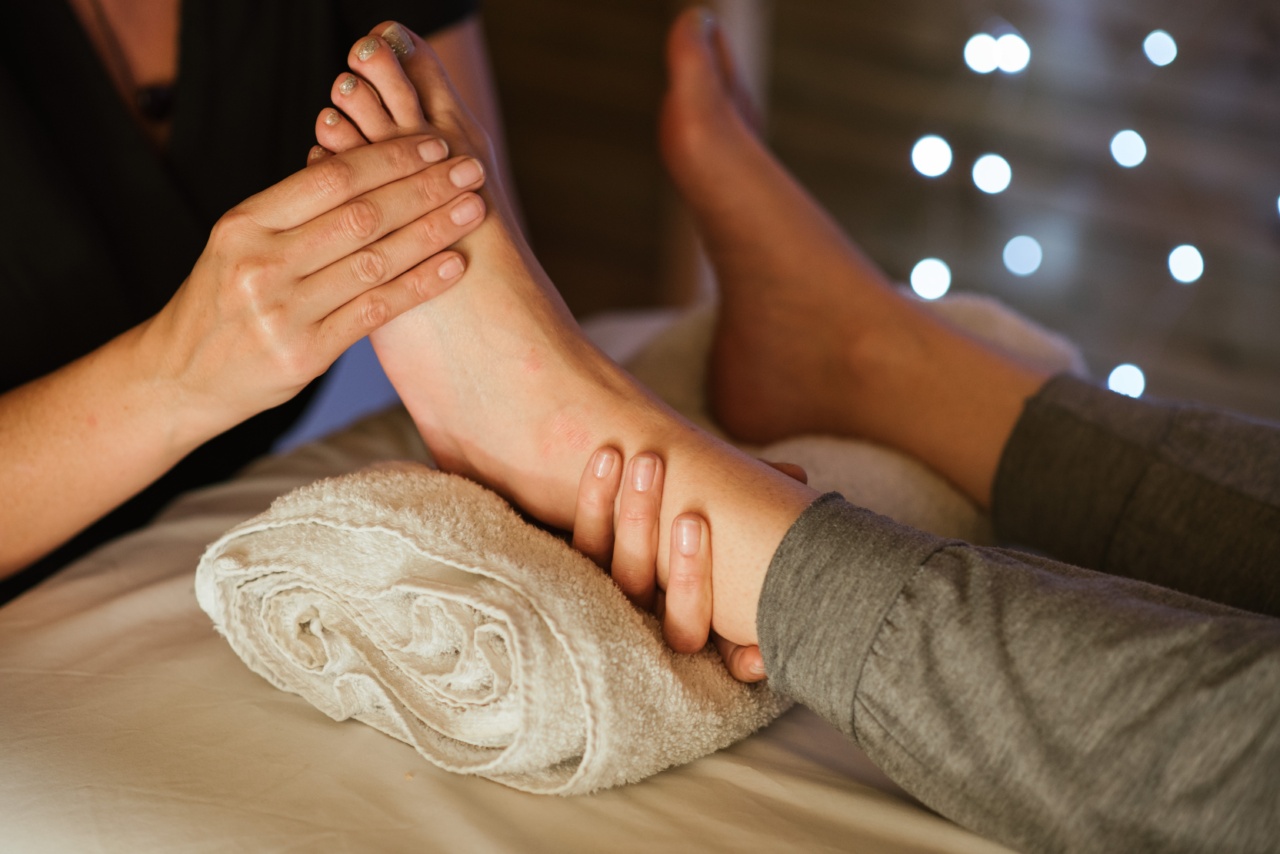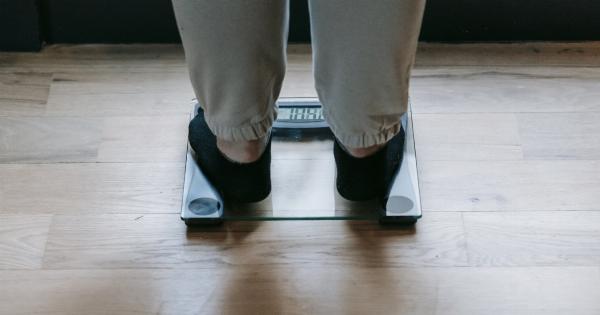Swollen feet and ankles occur when there is a buildup of fluid in the tissues, causing discomfort, pain, and sometimes difficulty walking or standing. In most cases, it is caused by a minor injury or a medical condition.
Here are some ways to treat swollen feet and ankles effectively:.
1. Elevate Your Legs
The first and most effective way to treat swollen feet and ankles is to elevate your legs. When you sit or lie down, keep your legs up above the level of your heart. This will help to reduce the swelling and improve circulation.
You can also use a pillow or a footstool to elevate your legs while sitting. Try to maintain this position for at least 15 minutes every hour.
2. Stay Active
Another way to reduce swelling is by staying active. When you move your body, it encourages blood flow and lymphatic drainage. You can go for a walk, do some light stretching, or join a low-impact exercise class.
However, avoid any activity that puts excess pressure on your feet and ankles.
3. Wear Supportive Shoes
Wearing shoes that provide support can also help to reduce swelling. Opt for shoes with a comfortable fit, good arch support, and cushioned soles. Avoid high heels, flip flops, and shoes that are too tight or too loose.
You can also wear compression socks or stockings, which help to improve circulation and reduce swelling.
4. Apply Cold Compresses
Cold compresses can also help to reduce swelling and pain. Wrap a bag of ice or a cold pack in a towel, and apply it to the affected area for 15 to 20 minutes at a time. Repeat this every few hours, or as needed.
However, be careful not to apply ice directly to your skin, as it can cause damage.
5. Massage Your Feet
Massaging your feet can help to promote circulation and lymphatic drainage, which can reduce swelling. Gently rub your feet with your hands, or use a foam roller or massage ball.
You can also try a foot bath with Epsom salt, which can help to soothe sore muscles and reduce inflammation.
6. Watch Your Salt Intake
Eating too much salt can lead to water retention, which can contribute to swelling. Try to reduce your salt intake by avoiding processed foods, salty snacks, and adding salt to your meals.
Instead, opt for fresh vegetables and fruits, whole grains, lean protein, and healthy fats.
7. Take Medication
In some cases, medication may be necessary to reduce swelling and pain. Over-the-counter pain relievers like acetaminophen or ibuprofen can help to reduce inflammation and relieve discomfort.
However, do not exceed the recommended dosage, and consult with your doctor if you have any health conditions or take other medications.
8. Treat Underlying Medical Conditions
Swollen feet and ankles can be a symptom of an underlying medical condition, such as heart, liver, or kidney disease, or a blood clot.
If your swelling persists or is accompanied by other symptoms like shortness of breath, chest pain, or fever, seek medical attention immediately. Your doctor may prescribe medication or recommend further testing.
9. Practice Good Hygiene
Practicing good hygiene can also help to prevent and reduce swelling. Wash your feet with soap and water every day, and dry them thoroughly. Wear clean socks and change them daily.
If you have sweaty feet, use talcum powder or antiperspirant spray to keep them dry. Avoid going barefoot in public areas, and keep your toenails trimmed to prevent infection.
10. Avoid Sitting or Standing for Extended Periods
Finally, try to avoid sitting or standing for extended periods, as this can contribute to swelling. If you have a desk job, take frequent breaks to walk around and stretch.
If you need to stand for a long time, shift your weight from one foot to the other or try standing on a soft mat. If you are traveling for a long distance, take breaks to stretch your legs and move around.































